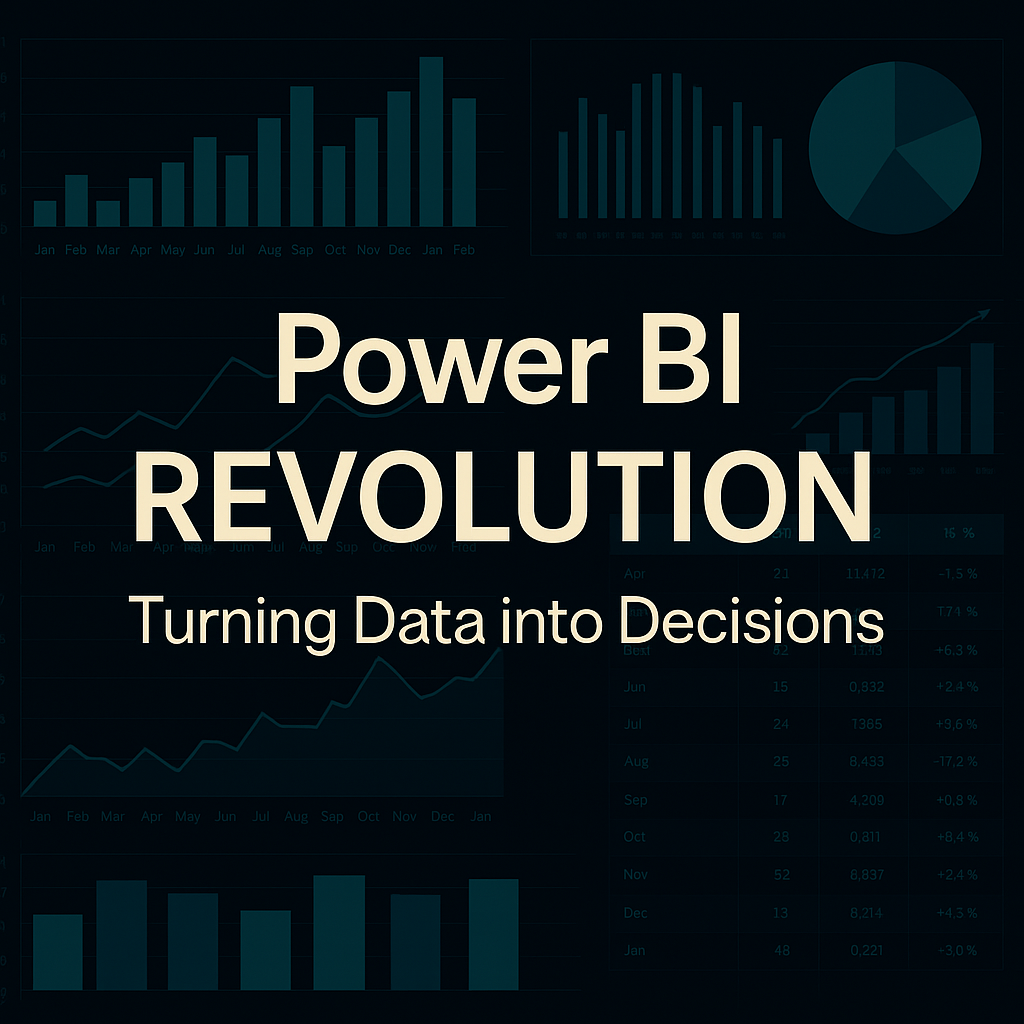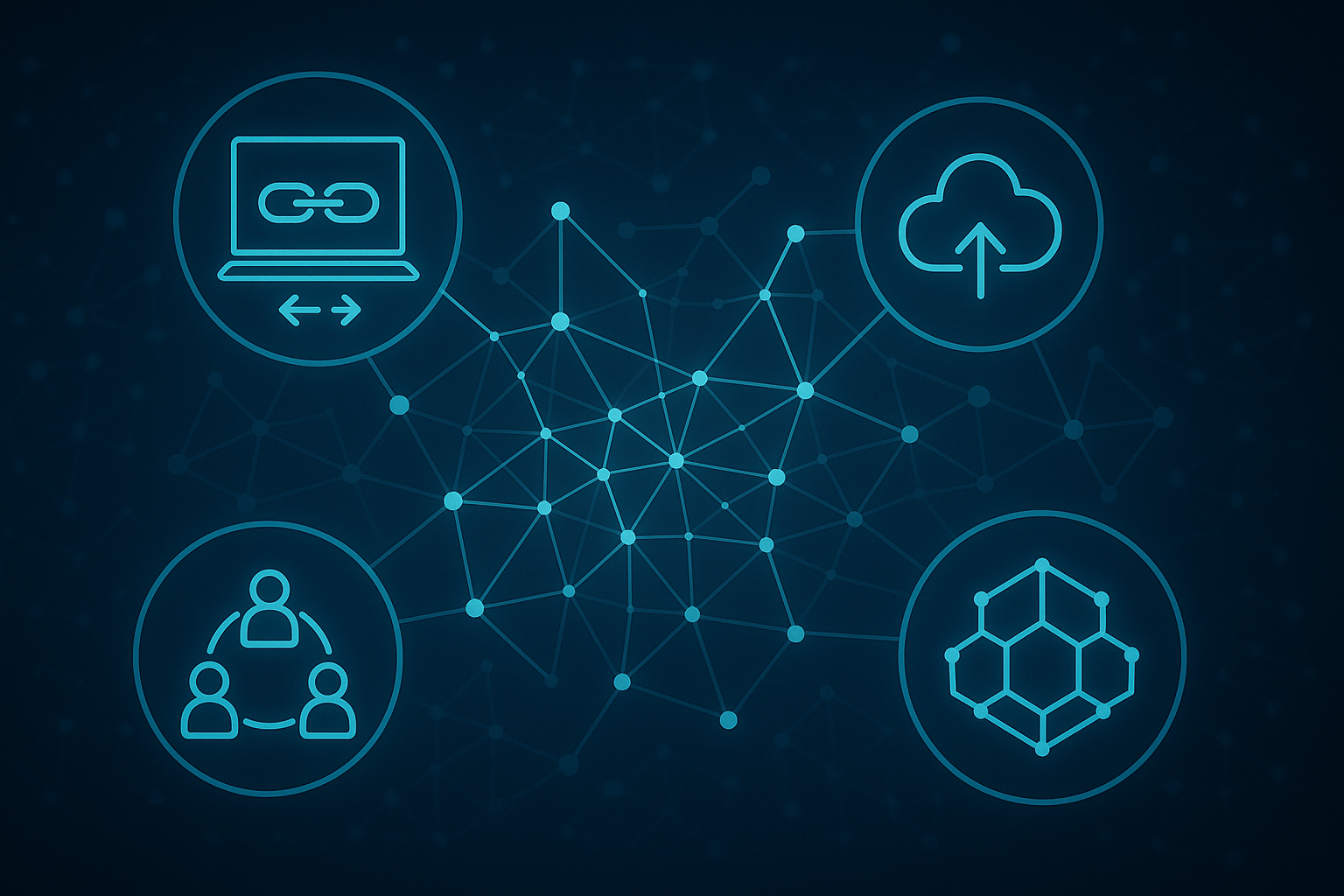In today’s digital world, data has become the new currency. Every organization, regardless of size or industry, generates enormous amounts of data every single day. Yet, without a structured way to interpret it, data remains just numbers. This is where Power BI — Microsoft’s flagship business intelligence tool — changes the game by turning raw data into meaningful insights that drive smart business decisions.
Empowering Businesses with Data Visualization
Power BI helps businesses visualize their data through interactive dashboards, rich charts, and customizable reports. It connects to hundreds of data sources — from Excel spreadsheets to cloud-based databases like Azure, Google BigQuery, and Salesforce — providing a unified view of your business metrics in one place. Decision-makers can easily identify patterns, trends, and outliers without needing deep technical expertise.
AI-Powered Insights
What sets Power BI apart is its integration with artificial intelligence. With built-in AI visuals, natural language queries (Q&A), and automated machine learning, Power BI allows users to ask questions about their data in plain English. This bridges the gap between complex analytics and everyday business needs, empowering everyone — from executives to analysts — to extract insights effortlessly.
Real-Time Analytics and Automation
Businesses no longer have to wait for static reports. Power BI’s real-time data streaming capabilities ensure live monitoring of KPIs, operational metrics, and customer engagement dashboards. The integration with Power Automate also enables workflow automation — for instance, sending alerts or generating reports automatically when specific thresholds are reached.
Scalability and Security at Enterprise Level
Whether you’re a startup tracking marketing performance or a Fortune 500 managing global supply chains, Power BI scales seamlessly. Its enterprise-grade security, data encryption, and compliance features ensure that sensitive information stays protected. Integration with Azure Active Directory further strengthens access control and governance.
The Future of Business Intelligence
As AI and automation continue to shape the analytics landscape, Power BI stands at the forefront. Its continued evolution with predictive modeling, enhanced visual storytelling, and collaborative dashboards positions it as an indispensable tool for modern enterprises.
Power BI isn’t just about data visualization — it’s about enabling a culture of data-driven decision-making. In the coming years, organizations that harness tools like Power BI will lead industries by anticipating trends, optimizing performance, and innovating faster.


